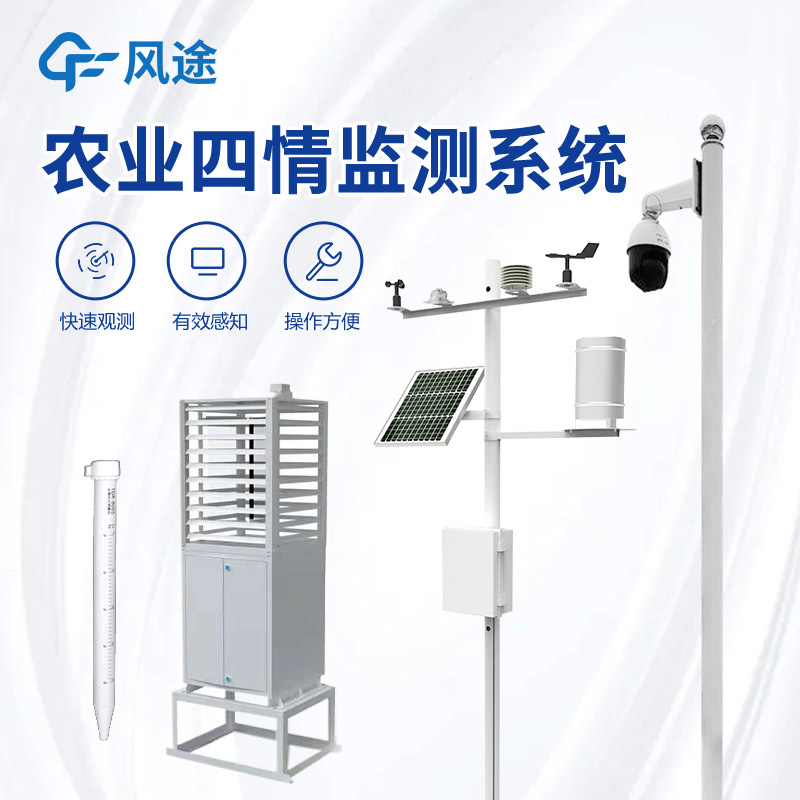IoT-based Agrometeorological stations are systems that utilize interconnected sensors and devices to collect real-time data on agricultural environments and crop conditions (such as soil moisture, meteorology, pest infestation, seedling growth, etc.), and transmit and analyze the data through Internet connections. It can assist farmers in making informed decisions and automate processes like irrigation and pest control.
It has numerous benefits. In terms of improving resource management, by monitoring real-time data, resources such as water, fertilizers, and energy can be managed more effectively. Automated systems can adjust irrigation schedules, reduce waste, ensure the water supply for crops, and lower input costs. In strengthening crop health monitoring, with the help of sensors and IoT devices, crop health indicators such as soil nutrients, diseases, and pest infestations can be tracked in real-time. Problems can be detected early and intervened in a timely manner. In increasing yield and reducing costs, farmers can make data-driven decisions, optimize agricultural practices, improve overall yield, reduce the dependence on manual labor and resource waste, and enhance profitability. From a sustainable development perspective, it can reduce waste, optimize resource utilization, promote environmentally friendly practices, and ensure food security.
In examples, for livestock monitoring, through wearable sensors and environmental monitoring sensors, the vital signs, location, and behavior of livestock can be tracked. Farmers can receive timely alerts about health, reproduction, and abnormal activities and intervene. In irrigation management, sensors can monitor soil moisture, weather, and crop requirements. Automated and optimized irrigation systems can reduce water and energy consumption. In precision agriculture, sensors and GPS devices are used to monitor and manage microscopic variables and apply inputs precisely, improving yield and efficiency.
However, there are also challenges during the implementation process. The initial cost is high, including the purchase and installation costs of sensors, software, and communication network equipment, which is a heavy burden for small and medium-sized farms. Connectivity issues are prominent in rural and remote areas. Poor signal or lack of network infrastructure can lead to data transmission delays or system failures. The system is highly complex and requires technical training. There are also data privacy and security issues, which may lead to disruptions in farm operations and financial losses. But with the development of technology in the future, it has broad prospects. Emerging technologies will enhance its functions, make it easier for farmers to use, and improve efficiency and sustainability.

Article address:https://www.sqqx.net/en/news/372.html

 +86 15898932201
+86 15898932201



